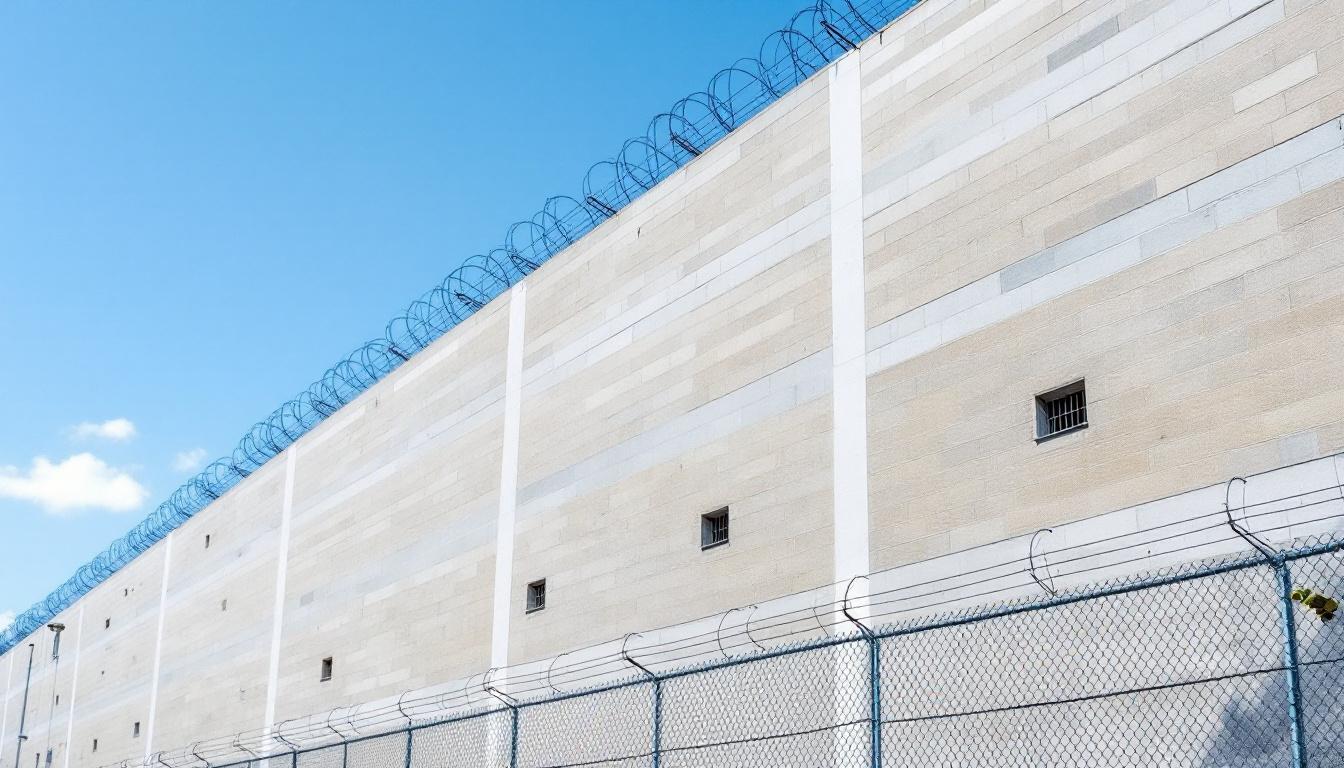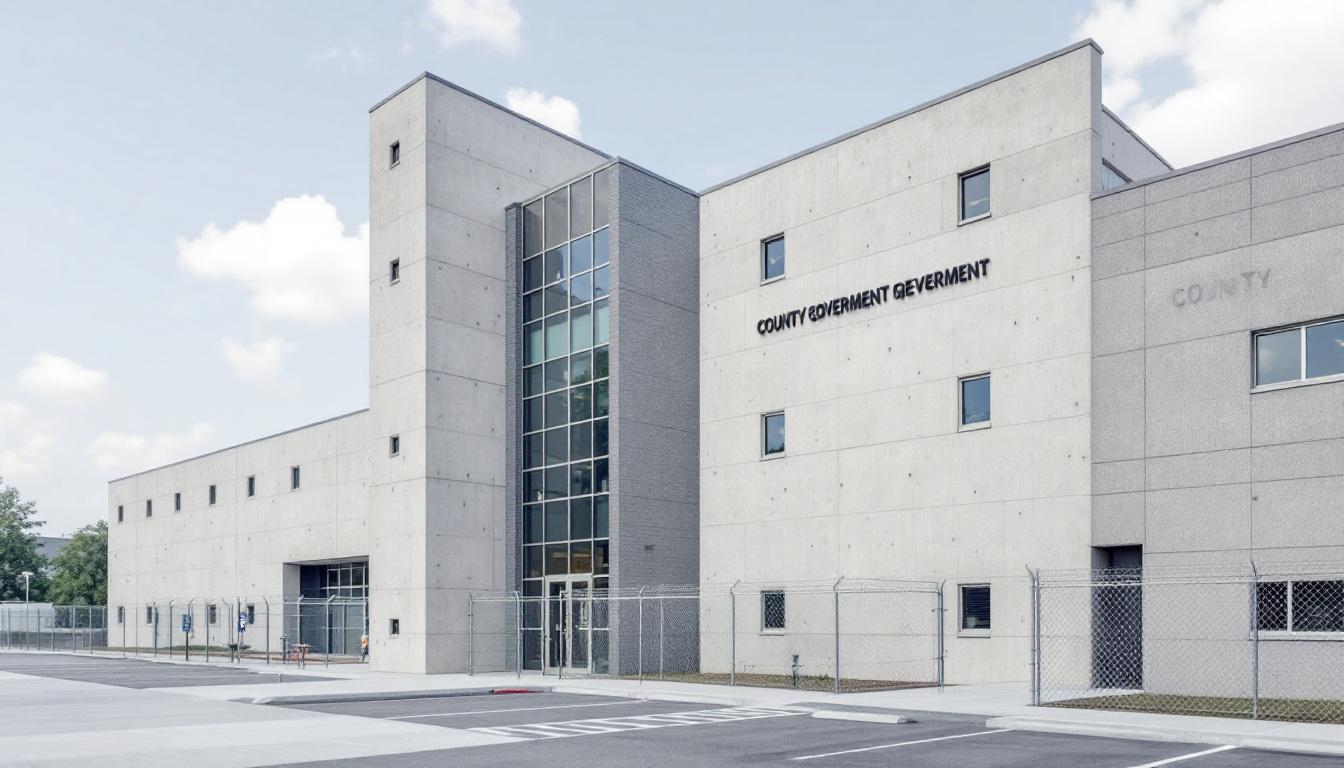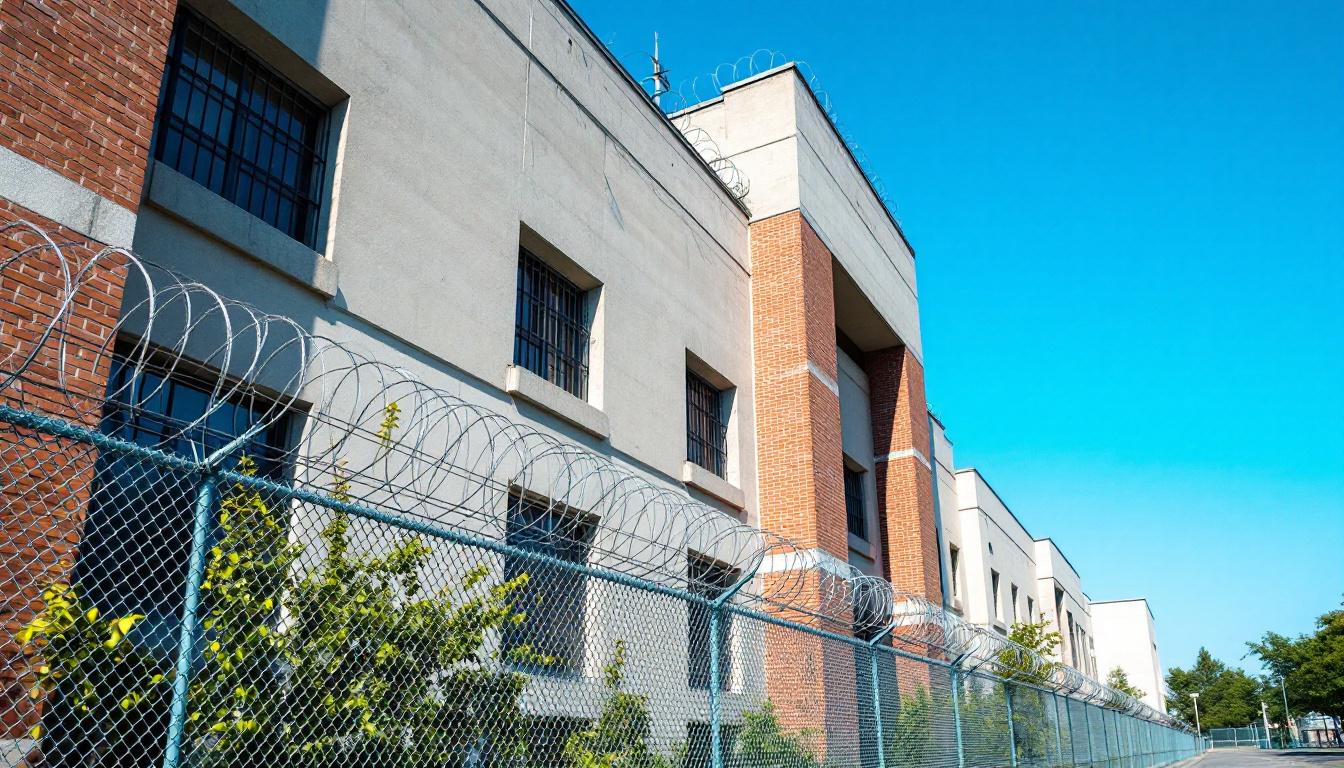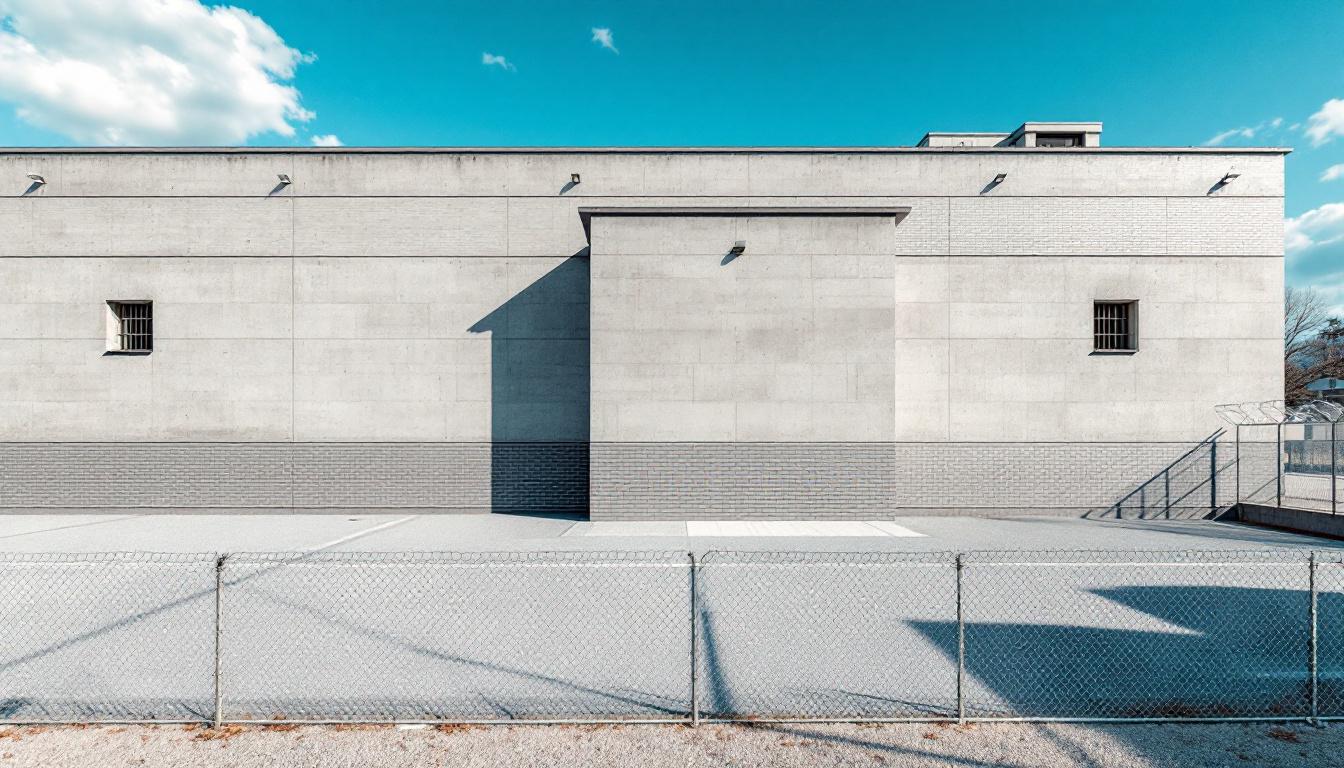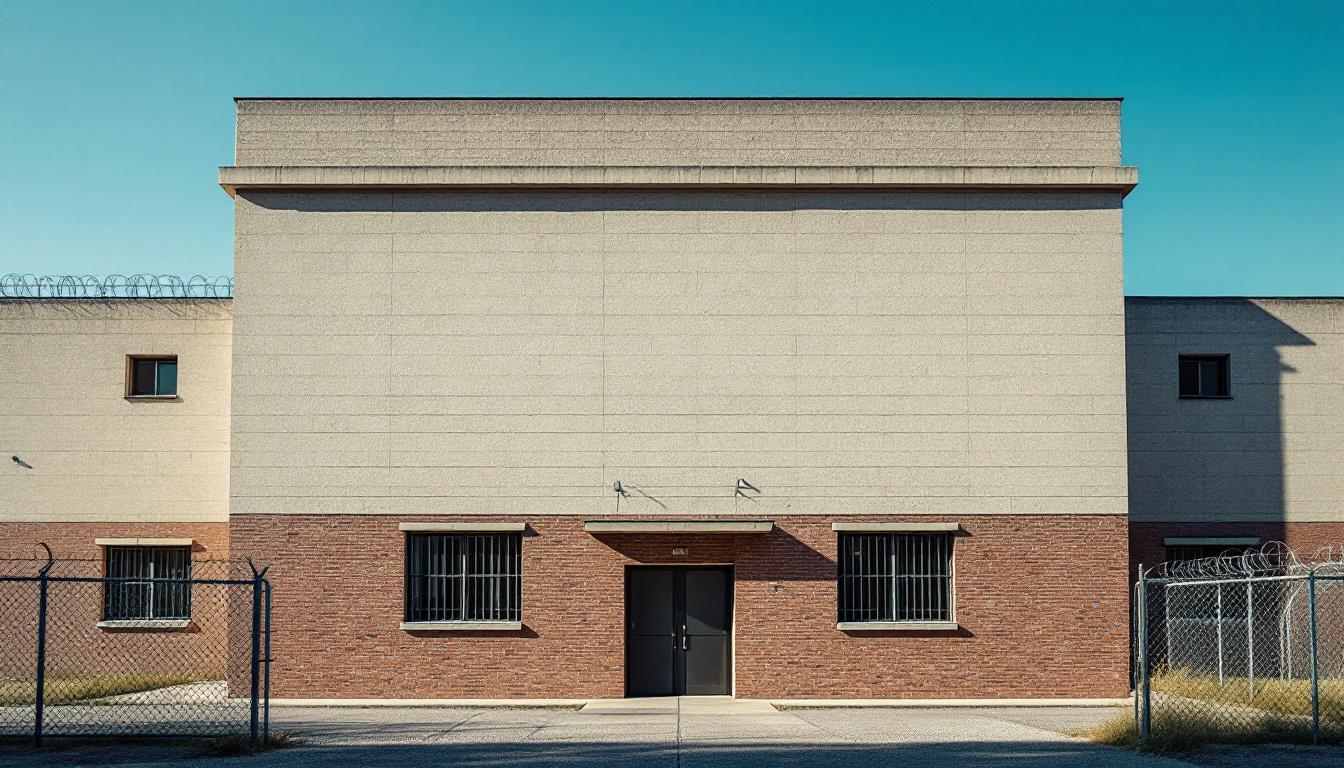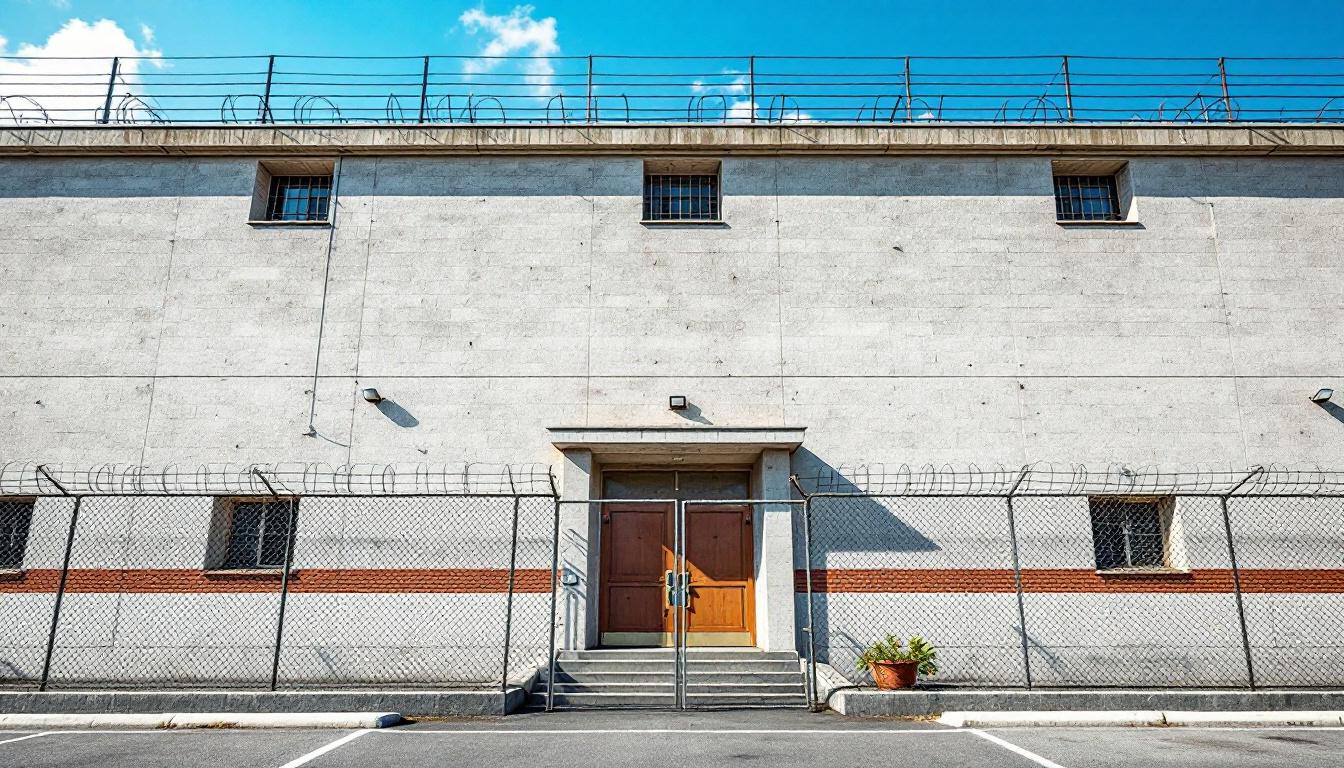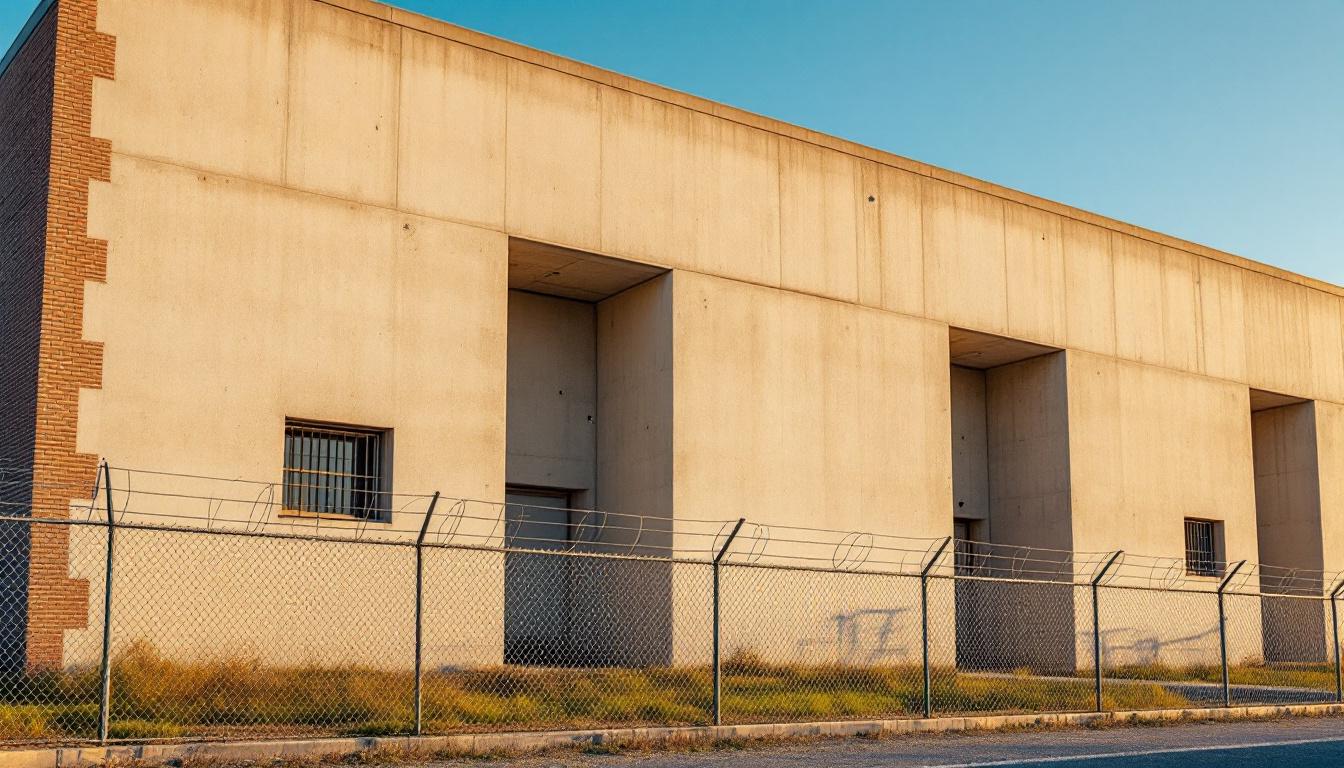
Quick Navigation
How to contact an inmate at Mark W. Stiles Unit
This comprehensive guide will walk you through how to connect with an inmate at Mark W. Stiles Unit. Follow the steps below to find an inmate and send letters and photos:
- Search for the inmate using our search tool below
- Create your account or log in to Penmate
- Write your message (up to 6,000 characters)
- Send instantly - inmates receive printed copies daily
Find an Inmate
Search for an inmate to start communicating today
Tip: You can search by first name, last name, or inmate ID number
To contact a person at Mark W. Stiles Unit start by searching for the person on the official facility website. Perform a search by following these steps:
- Step 1: Enter their first name and last name into the search form and click "Search"
- Step 2: Locate their inmate record
- Step 3: Write down their Inmate ID and any housing information provided
Important! Be sure to enter the person's full name. Nicknames should not be used.
How to Send Messages to Inmates

You can use your phone or computer to send emails, letters, and photos to an inmate. Messages are sent electronically to inmate tablets or kiosks at the facility. If you would like to send a message, start by searching for an inmate at Mark W. Stiles Unit.
Sending Photos and Postcards

A great way to send love and support to a loved one at Mark W. Stiles Unit is to send photos and postcards. It only takes a few minutes to send photos from your phone and it makes a huge difference. You can also mail postcards with words of support and inspiration, or design your own postcard for special moments like birthdays and holidays.
Important! Be sure not to send any explicit photos or they may not be approved by the facility. You can also use a photo printing app like Penmate to make sure your photos are printed at the correct size (4x6 or 3x5) and are mailed according to the rules and regulations of Mark W. Stiles Unit.
Frequently asked questions about Mark W. Stiles Unit
-
How long does it take to deliver a message?
If you're sending an email message your letter is usually delivered within 24-48 hours. For messages sent via mail you should expect delivery within 3-7 days. All messages will need be approved by Mark W. Stiles Unit.
-
How much does it cost to send a message to Mark W. Stiles Unit?
You can send a message free using your phone or mail a message via USPS for the price of a $0.60 stamp and envelope. You can also purchase credits or e-stamps from services starting at $1.99.
-
What services can I use to contact an inmate at Mark W. Stiles Unit?
Penmate
You can use Penmate to send letters and photos to an inmate from your phone. It's an easy way to stay in touch during your loved one's incarceration. Use the inmate locator to find an inmate's location and contact information, then you can send messages within a few minutes.
Securus messaging
Securus may be another option for communicating with an inmate at Mark W. Stiles Unit. You can create a friends and family account and purchase credits to send messages. All messages will be reviewed and must be approved by the facility.
JPay
Some county jails and state prisons may support sending messages with JPay. You must register an account with the system, find your loved one, and purchase stamps to send messages. For some locations you can also attach photos.
Smart Jail Mail
You may also check if Smart Jail Mail is available at Mark W. Stiles Unit. Smart Jail Mail is operated by Smart Communications and has contracted with some state and county jails. After purchasing credits, your messages and photos are sent to the facility, printed out, and then handed out to your loved one.
-
What is the mailing address of Mark W. Stiles Unit?
Mailing address:
Mark W. Stiles Unit
3060 FM3514
Beaumont, TX 77705
Phone: (409) 722-5255Business hours:
- Monday: Open 24 hours
- Tuesday: Open 24 hours
- Wednesday: Open 24 hours
- Thursday: Open 24 hours
- Friday: Open 24 hours
- Saturday: Open 24 hours
- Sunday: Open 24 hours
-
What are the visiting hours at Mark W. Stiles Unit?
Visiting hours at Mark W. Stiles Unit vary by housing unit and security level. Generally, visits are scheduled on weekends and holidays, with some facilities offering weekday visits. Contact the facility directly at (409) 722-5255 or check their website for the current visiting schedule. Visits typically last 30-60 minutes and must be scheduled in advance.
-
What items are prohibited when sending mail to Mark W. Stiles Unit?
Prohibited items typically include: cash, personal checks, stamps, stickers, glitter, glue, tape, staples, paperclips, polaroid photos, musical or blank greeting cards, hardcover books, magazines with staples, and any items containing metal or electronics. Only send letters on plain white paper with blue or black ink. Photos must be printed on regular photo paper (no Polaroids). Always check with Mark W. Stiles Unit for their specific mail policies.
-
How do I send money to an inmate at Mark W. Stiles Unit?
You can send money to an inmate at Mark W. Stiles Unit through several methods: 1) Online using JPay, Access Corrections, or the facility's approved vendor, 2) Money orders mailed directly to the facility with the inmate's name and ID number, 3) Kiosks located in the facility lobby, or 4) Over the phone using a credit or debit card. Fees vary by method, typically ranging from $2.95 to $11.95 per transaction.
-
Can I schedule a video visit with an inmate at Mark W. Stiles Unit?
Many facilities now offer video visitation as an alternative to in-person visits. At Mark W. Stiles Unit, video visits may be available through services like Penmate, Securus Video Connect, GTL, or ICSolutions. Video visits typically cost $10-20 for 20-30 minutes and must be scheduled in advance. You'll need a computer or smartphone with a camera and reliable internet connection. Contact the facility for their specific video visitation policies and approved vendors.
-
What identification do I need to visit an inmate at Mark W. Stiles Unit?
All visitors must present valid government-issued photo identification such as a driver's license, state ID, passport, or military ID. Minors must be accompanied by a parent or legal guardian who can provide the minor's birth certificate. Some facilities require visitors to be on the inmate's approved visitation list, which may require a background check. Contact Mark W. Stiles Unit for specific ID requirements and visitor approval procedures.
-
How can I find out an inmate's release date?
To find an inmate's release date at Mark W. Stiles Unit, you can: 1) Use the online inmate search tool if available, 2) Call the facility's records department, 3) Contact the inmate's case manager or counselor, or 4) Have the inmate provide this information during a call or visit. For privacy reasons, some facilities only release this information to immediate family members.
Facility Overview
Official Website

About Mark W. Stiles Unit
Serving the Dallas metropolitan area's correctional needs, the mission of rehabilitation and public safety drives daily operations at this state-operated facility. Within Texas's extensive correctional network, Stiles Unit functions as a secure correctional facility designed to house individuals while they serve their sentences and work toward successful reintegration into their communities. The facility's location in Dallas provides access to urban resources that may support various programming efforts, though operations remain focused on maintaining security and structure for both those incarcerated and staff.
Evidence-based approaches to corrections typically emphasize the importance of programming that addresses underlying factors contributing to criminal behavior. Stiles Unit generally offers educational opportunities, vocational training programs, and substance abuse treatment services that align with research-supported rehabilitation methods. These those incarcerated services often include basic literacy programs, GED preparation, and job skills training designed to improve post-release outcomes. Mental health services and counseling programs may also be available to address individual needs during incarceration.
The facility's role within Texas's correctional system extends beyond simple containment to include preparation for eventual community reentry. Staff members typically work to maintain institutional safety while supporting programming efforts that research suggests can reduce recidivism rates. As with most TX correctional facilities, operations focus on balancing security requirements with opportunities for personal growth and skill development, contributing to broader public safety goals through structured rehabilitation efforts.
Programs & Services
Transformative opportunities for personal development and skill acquisition form the cornerstone of rehabilitative efforts for those incarcerated at this Texas correctional facility. The comprehensive array of offerings reflects a philosophy that emphasizes structured growth through meaningful engagement, providing pathways for individuals to develop both practical competencies and emotional resilience. Through carefully designed initiatives that prioritize security and safety, participants may access resources that foster self-improvement while maintaining the institutional order essential for effective programming.
Educational and vocational training opportunities typically serve as fundamental components of the facility's developmental framework. Those incarcerated may furnish themselves with marketable skills through structured vocational programs that emphasize hands-on learning and practical application. These offerings often include technical training that prepares participants for post-release employment, while work programs provide structured environments where individuals can develop professional habits and workplace competencies under secure supervision.
In addition to these skill-building initiatives, therapeutic and support services address the multifaceted needs of the incarcerated population. Grief counseling may offer essential emotional support for those processing loss and trauma, while faith-based initiatives typically provide spiritual guidance and community connection within the facility's secure environment. Creative writing programs often serve as outlets for self-expression and reflection, allowing participants to explore personal narratives while developing communication skills that may prove valuable in their rehabilitation journey.
Daily Life & Visitation
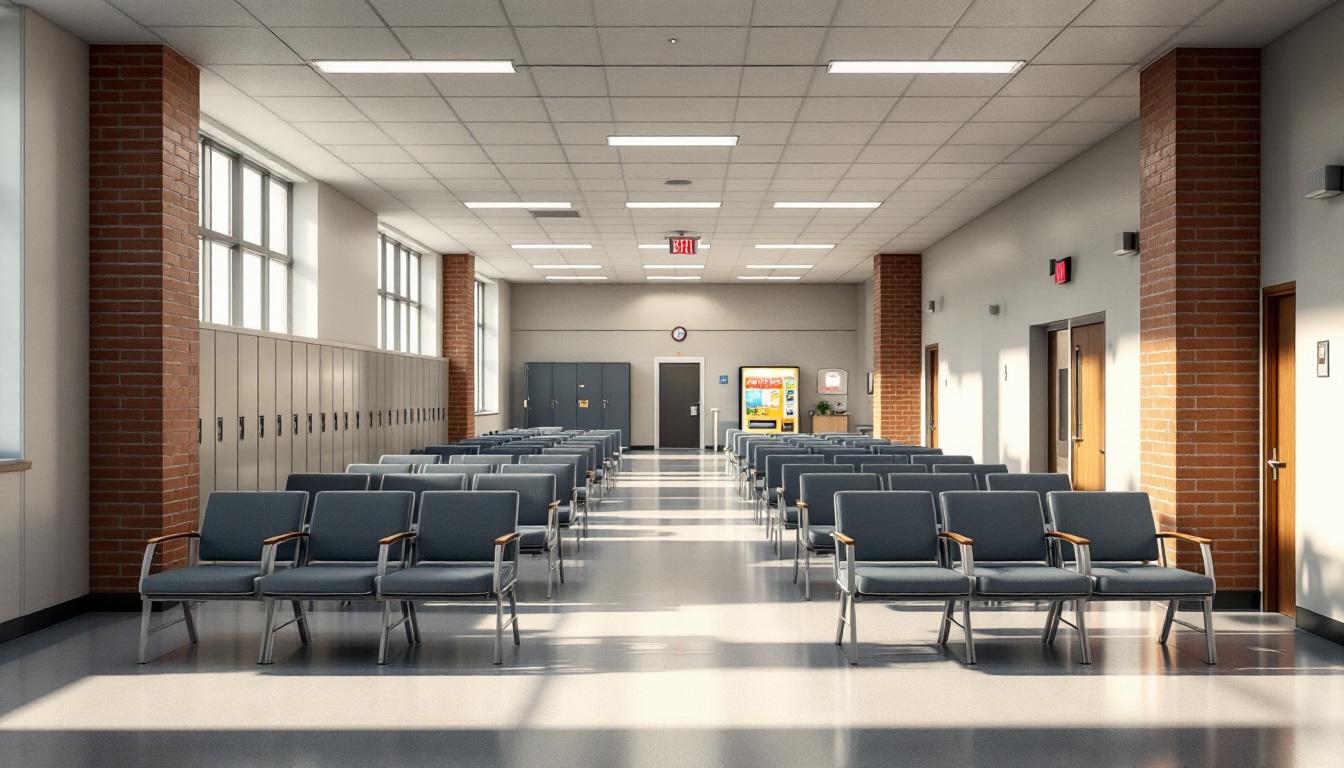
Building meaningful connections with fellow residents and maintaining ties to family members forms the cornerstone of daily experiences for those incarcerated at this Texas correctional facility. Today's structured environment consistently provides opportunities for social interaction through shared meals, recreational activities, and various programming sessions that help individuals navigate their time while preserving important relationships with loved ones on the outside.
The housing arrangements typically feature dormitory-style living quarters where residents share common areas that naturally encourage interaction and mutual support among those serving their sentences. These living spaces generally accommodate multiple individuals in organized units, with personal storage areas for approved belongings and commissary items that help maintain some sense of personal identity. Meals are served in communal dining halls where conversations flow freely, and residents often form supportive networks that extend beyond mealtimes into recreational periods and work assignments throughout the facility.
In addition to this daily structure, various programs and activities furnish meaningful ways for those incarcerated to stay connected with their communities both inside and outside the facility walls. Visitation opportunities typically allow family members and approved friends to maintain regular contact, while telephone and correspondence privileges help bridge the gap between scheduled visits. Work assignments within the facility often create additional opportunities for skill development and social interaction, as residents collaborate on kitchen duties, maintenance tasks, and other essential facility operations. Despite this structured environment, recreational activities such as sports, educational programming, and religious services provide outlets for personal growth and community building that help individuals maintain hope and connection during their incarceration.
Ready to Connect?
Start communicating with your loved one today
Search for an Inmate
